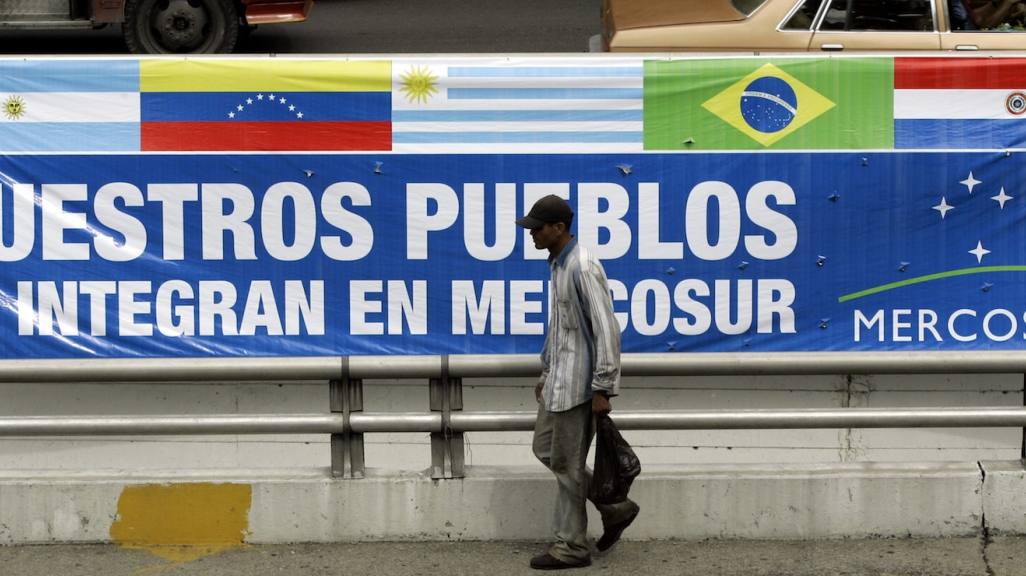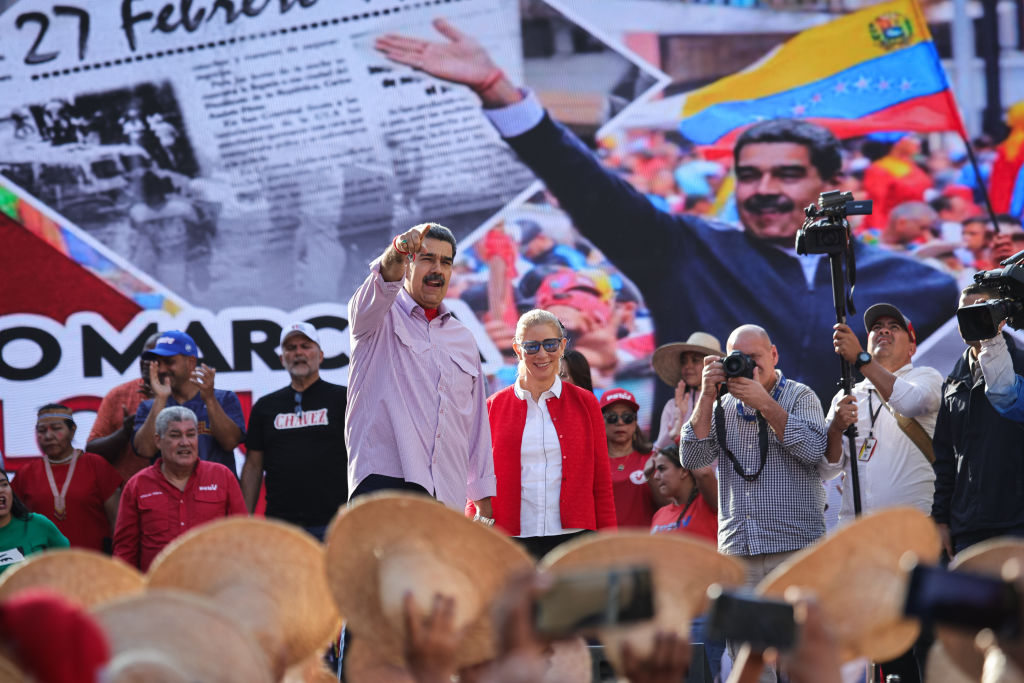Explainer: What Is Mercosur?
Explainer: What Is Mercosur?
AS/COA Online looks at the origins, structure, and debates defining one of Latin America’s largest trade blocs.
This article was originally published on August 2, 2012, and has since been updated.
The Southern Common Market—known as Mercosur in Spanish and Mercosul in Portuguese—is one of the world’s leading economic blocs, its fifth-largest economy. Mercosur is made up of five member countries. These are its four founding members—Argentina, Brazil, Paraguay, and Uruguay—and Bolivia, which became a full member in July 2024.
The group encompasses more than 285 million people and has a combined GDP of nearly $3 trillion. Mercosur also counts Chile, Colombia, Ecuador, Guyana, Peru, and Suriname as associate members. In December 2024, Panama also joined as an associate member, the first Central American nation to achieve the designation.
Mercosur functions as a customs union and free-trade area, and has ambitions to become a common market along the lines of the EU. However, more than 30 years after its founding, the group still struggles to achieve that goal. For years, the bloc has run into decreasing intra-bloc trade as well as political disagreements that have stunted progress and trade liberalization. Nonetheless, trade among the four founding members has rebounded from a 15-year low in 2020 due to the onset of the COVID-19 pandemic. Three years later, in 2023, the members exchanged around $98 billion in goods, the highest volume in a decade.
Mercosur remains an economic and political force in the region, uniting South America’s two largest economies and providing a potential springboard for Latin American integration. With the Pacific Alliance, which comprises Chile, Colombia, Mexico, and Peru, the two blocs combined represent more than 80 percent of regional trade and over 90 percent of its GDP. The bloc also has a number of free-trade agreements (FTAs) and preferential trade agreements with third parties, including Chile, Colombia, and Peru, as well as Israel, Egypt, and the Southern African Customs Union. An FTA with the European Union was finalized in December 2024, after 25 years of negotiations. However, the agreement must still be ratified by member states to go into force.
Still, the outspoken desire of Argentine President Javier Milei for greater autonomy to pursue extra-regional trade agreements may challenge the bloc’s unity. Argentina assumed Mercosur’s rotating presidency in December 2024.
Below, we take a look at Mercosur’s origins, members, goals, and tensions surrounding trade relations with Europe and China.
AS/COA Online looks at Beijing’s bilateral trade pacts with Chile, Costa Rica, Ecuador, Nicaragua, and Peru.










